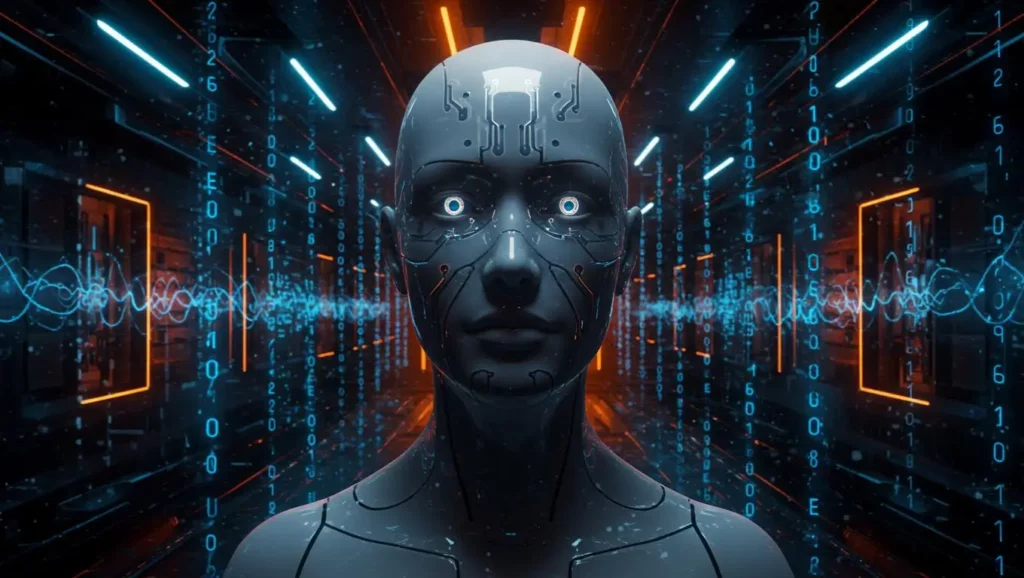Could the rush towards artificial intelligence hide an economic time bomb? Two of the most influential figures in tech, Sam Altman (OpenAI) and Jeff Bezos (Amazon), now agree on one point: the AI market is overheated.
A breathtaking rush to AI that even its creators worry about
In 2024, investments related to artificial intelligence soared to $109 billion, according to Stanford University, setting a historic record. And in 2025, there are no signs of a slow down. Major companies like Amazon, Meta, Microsoft, and Google anticipate spending $320 billion on AI infrastructure.
Thus, this frenzy of investment seems unstoppable, driven by the belief that AI will transform every corner of the global economy.
However, this growth worries the pioneers themselves. Jeff Bezos describes it as an “industrial bubble”: investors are rushing into anything related to AI without distinguishing between solid projects and the more fragile ones. Sam Altman, the head of OpenAI, takes it further, stating, “Someone is going to lose a colossal amount. We don’t know who, but many will make huge gains.” In other words, it’s a giant poker game where everyone bets big, often blindly.
OpenAI, an unprecedented stock influence for a non-public company
What’s most surprising is the stock influence of OpenAI, which is not publicly traded. During a simple conference, the company mentioned a few firms, and their stocks immediately surged. Figma saw a 7.4% increase, HubSpot 2.6%, and AMD, a partner of OpenAI on AI chips, skyrocketed 24% in just a few hours. Such influence of a private company on financial markets is unprecedented and particularly indicative of the sector’s state.
Altman himself refers to it as a “strange thing”. Never has a non-public company had such an impact without being listed. Consequently, it highlights how the perception of AI exceeds its economic reality. This is a typical sign of an overheated market where speculation gradually replaces rational analysis.
Economic signals reminiscent of the Internet bubble of the 2000s
Today, many experts compare the current situation to the Internet bubble of the early 2000s. In fact, the price-to-earnings ratio of AI-related companies is reportedly higher than during that time. Valuations are reaching unreasonable heights, fueled by the fear of “missing the AI boat.”
This frenzy oddly resembles that of the early 2000s when investments were made in any online startup, regardless of a clear economic model.
Yet behind this enthusiasm, profitability remains fragile. Many startups operate on uncertain economic models, while energy and material costs soar.
Thus, without solid revenue, some could collapse at the first market correction. Bezos fears a brutal natural selection between the “good players” and the others. In other words, some giants today may not survive.
How to channel the AI revolution to prevent it from collapsing on itself
In light of these excesses, Altman and Bezos call for more thoughtful growth. They advocate for investments in useful infrastructure, more energy-efficient servers, and more effective learning models. The idea is to build sustainable AI, not just performant AI. Rethinking how this technology is developed becomes essential to avoid future derailments.
Additionally, they call for greater transparency and regulation. The goal is to prevent a few giants from concentrating all economic and technological power. Finally, they encourage focusing on real-world applications: education, healthcare, environment, and industry. Projects that are genuinely useful are likely to survive better than those riding the wave of trends. In the end, the bubble may burst, but those who have built on solid ground will stand firm when the dust settles.



